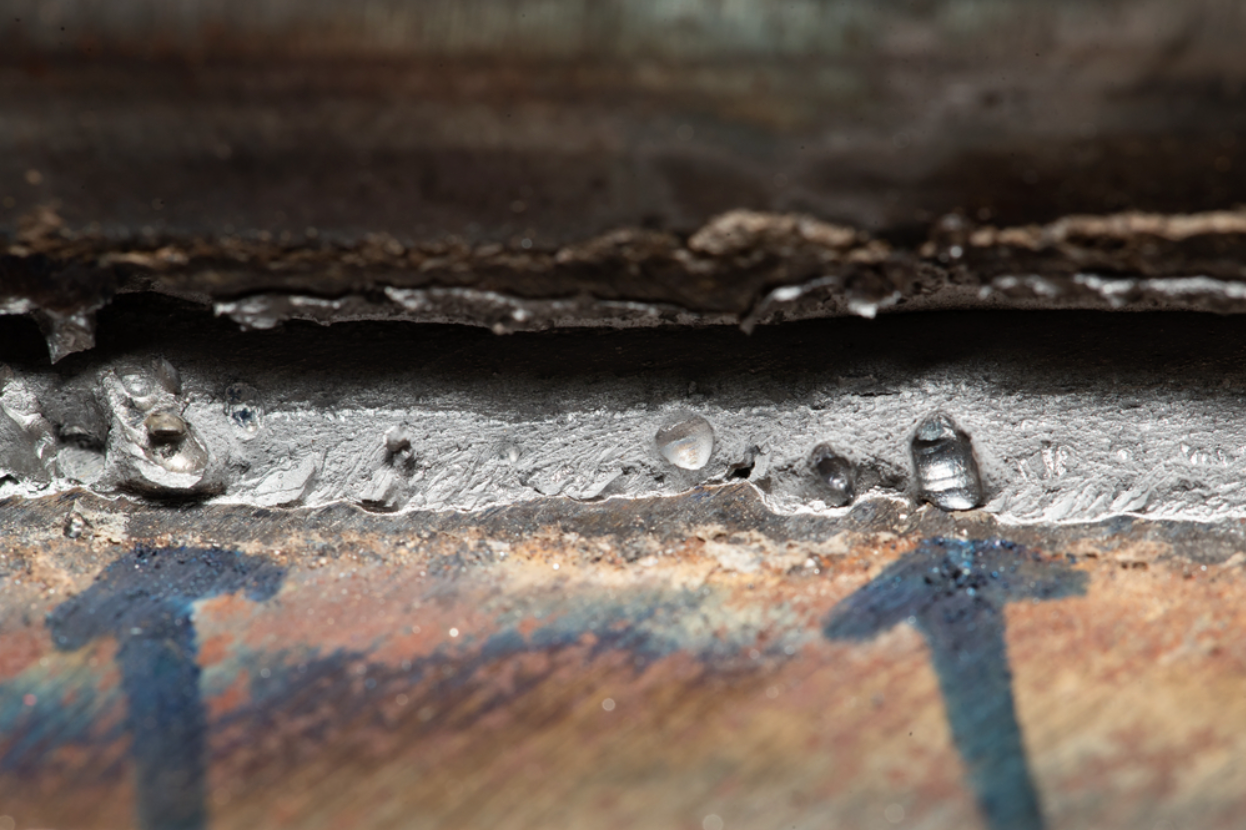Best Practices for Preventing Weld Undercut: Understanding the Fundamentals
Wiki Article
Mastering the Art of Welding: How to Prevent Undercut Welding Issues for Flawless Manufacture Outcomes
By recognizing the origin causes of undercut welding and executing efficient strategies to avoid it, welders can raise their craft to new degrees of excellence. In the search of flawless fabrication results, grasping the art of welding to prevent undercut concerns is not simply a skill but a need for those making every effort for perfection in their work.Recognizing Undercut Welding

To protect against undercut welding, welders should ensure appropriate welding parameters, such as readjusting the current, voltage, travel speed, and preserving the correct electrode angle. By comprehending the reasons of undercut welding and executing preventative actions, welders can attain top quality, structurally audio welds.
Sources Of Undercut in Welding
Recognizing the elements that add to damage in welding is crucial for welders to generate high-grade, structurally audio welds. Undercutting occurs when the weld steel does not effectively fill the groove formed in between the base metal and the previously transferred weld metal. Several factors can result in damage in welding. One common reason is too much warm input. Welding at heats for prolonged periods can lead to the base metal thawing even more than desired, leading to undercut. Poor welding present or incorrect welding speed can additionally add to undercut. Inadequate current may not offer sufficient heat to melt the base and filler steels adequately, while extreme speed can stop appropriate combination, causing undercut. In addition, incorrect electrode angles or incorrect torch adjustment methods can develop locations of low weld metal deposition, promoting undercut. Comprehending these causes and executing proper welding methods can help avoid damaging problems, making sure long lasting and strong welds.Methods to Prevent Undercutting

To mitigate the risk of damaging in welding, welders can use strategic welding methods aimed at improving the top quality and stability of the weld joints. In addition, utilizing the correct welding technique for the certain joint arrangement, such as weave or stringer grains, can add to decreasing damaging.
Additionally, appropriate joint preparation, including guaranteeing tidy base products devoid of pollutants and utilizing the proper welding consumables, is important in stopping undercut defects. Utilizing back-step welding methods and controlling the weld bead account can additionally help disperse warm uniformly and minimize the threat of undercut. Regular inspection of the weld joint throughout and after welding, along with executing top quality assurance measures, can help in dealing with and identifying undercutting issues promptly. By implementing these methods vigilantly, welders can attain remarkable fabrication results with marginal undercut issues.
Importance of Proper Welding Criteria
Choosing and keeping suitable welding criteria is essential for attaining effective welds with minimal issues. Welding criteria refer to variables such as voltage, present, take a trip rate, electrode angle, and securing gas flow rate that straight influence the welding procedure. These criteria have to be thoroughly readjusted based on the kind of product being bonded, its density, and the welding method utilized.Correct welding criteria guarantee the correct amount of warmth is related to thaw the base metals and filler see it here material uniformly. If the specifications are set too high, it can result in excessive heat input, causing burn-through, spatter, or distortion. On the various other hand, if the parameters are too low, incomplete fusion, absence of infiltration, or undercutting might happen.
Quality Control in Welding Operations

Conclusion
In verdict, understanding the art of welding calls for a comprehensive understanding of description undercut welding, its reasons, and techniques to stop it. By making sure appropriate welding parameters and carrying out quality browse around this site guarantee techniques, flawless construction results can be achieved. It is important for welders to continually strive for excellence in their welding procedures to prevent undercut concerns and create high-grade welds.Undercut welding, a typical problem in welding processes, happens when the weld metal doesn't appropriately fill the groove and leaves a groove or anxiety along the bonded joint.To stop undercut welding, welders ought to make sure correct welding specifications, such as changing the present, voltage, traveling speed, and preserving the proper electrode angle. Insufficient welding incorrect or current welding rate can additionally contribute to undercut.To reduce the risk of undercutting in welding, welders can use strategic welding strategies intended at boosting the quality and stability of the weld joints.In conclusion, grasping the art of welding needs a thorough understanding of undercut welding, its causes, and strategies to avoid it.
Report this wiki page